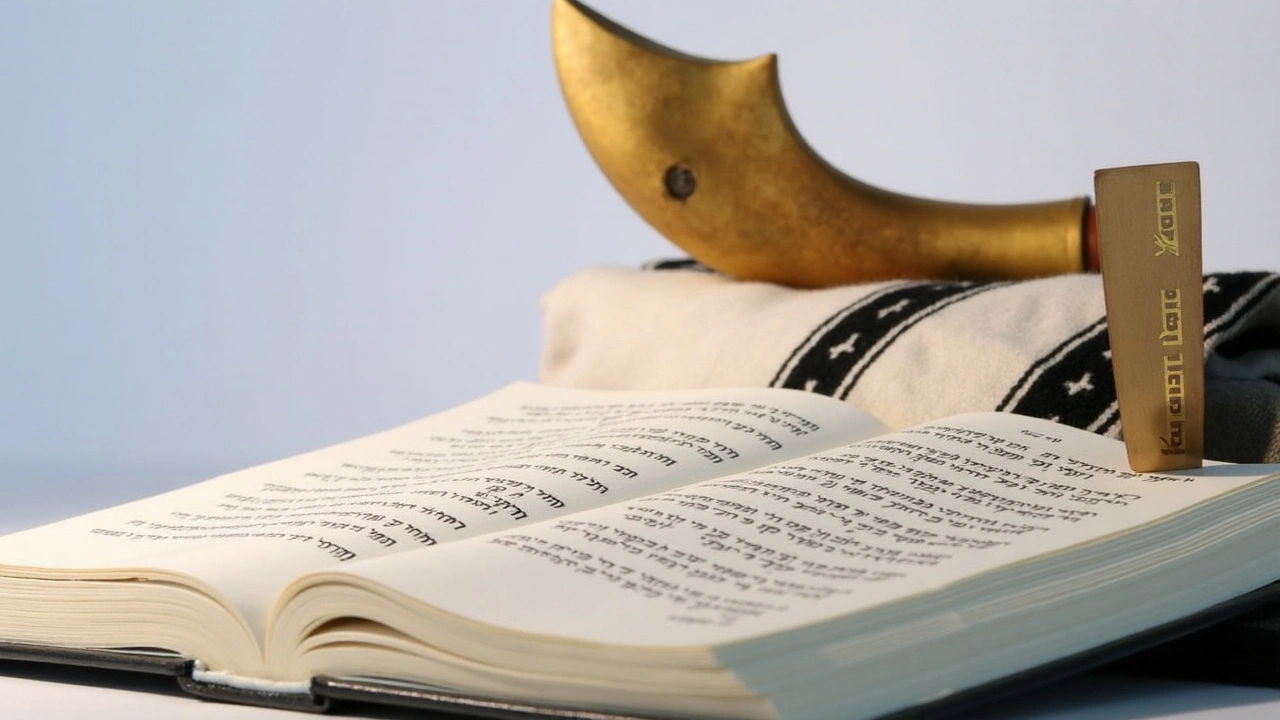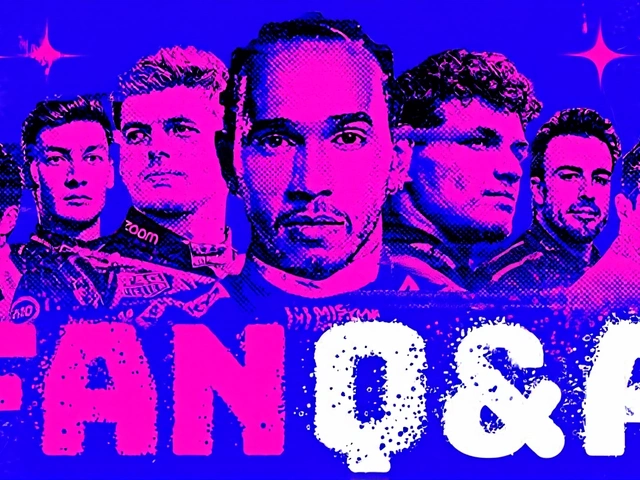Jewish Holidays – A Simple Guide
Ever wondered why some weeks feel extra busy with festivals and why dates shift every year? That’s the Jewish calendar at work. It’s a lunar‑solar system, so holidays don’t line up with the same Gregorian dates each year. Below you’ll find the big holidays, what they mean, and easy ways to join in.
Major holidays and their meanings
Rosh Hashanah – The Jewish New Year. It falls in September or early October and lasts two days. Families eat apples with honey to wish for a sweet year.
Yom Kippur – The Day of Atonement, ten days after Rosh Hashanah. It’s a 25‑hour fast with prayer. Even if you don’t observe the fast, many people use the day for reflection.
Passover (Pesach) – Celebrated in March or April for eight days. It marks the Israelites’ escape from Egypt. The key ritual is the seder dinner, where you read the story, eat matzah, and sip wine.
Shavuot – Happens 50 days after Passover. It celebrates the giving of the Torah. People often stay up late to study and eat dairy foods like cheesecake.
Hanukkah – An eight‑day light festival in December. It remembers the miracle of the oil that lasted eight days. Light a menorah, spin a dreidel, and enjoy fried foods.
Purim – Usually in March. It’s a fun, costume‑filled day that tells the story of Queen Esther saving her people. Give gifts of food, donate to charity, and read the Megillah.
How to celebrate and what to expect
If you’re invited to a Jewish home, bring a small gift like fruit or a bottle of wine. Most families appreciate a friendly “Happy Holiday” in the local language; Hebrew greetings work too (e.g., “Chag Sameach” for a general holiday).
Many holidays have public events in larger cities: candle lighting for Hanukkah, community meals for Passover, and prayer services for Yom Kippur. Check local synagogue or community centre websites for schedules.
Food is a huge part of the celebrations. Expect matzah, brisket, latkes, sufganiyot (jelly donuts), and plenty of fruit. If you have dietary restrictions, let the host know ahead of time – most families can accommodate.
Dress code varies. For Rosh Hashanah and Yom Kippur many wear modest, darker clothing out of respect. Hanukkah and Purim are more relaxed; a fun hat or costume is encouraged.
Finally, remember that the Jewish calendar also includes minor fasts and minor holidays like Tu B’Shevat (the “New Year for Trees”). They might not be as widely observed, but they offer great chances to learn something new.
So whether you’re curious, invited, or just want to understand a cultural reference, you now have the basics. Mark the dates, learn a few customs, and you’ll feel right at home the next time a candle is lit or a table is set with matzah.
Understanding Yom Kippur 2024: Traditions, Customs, and Significance
Yom Kippur, the most solemn holy day in the Jewish calendar, invites introspection, repentance, and prayer. This pivotal day culminates the Jewish High Holidays, inviting believers to seek forgiveness and reconcile sins. Celebrated with fasting and reflection, Yom Kippur 2024 starts on October 11 at sundown, concluding October 12, granting a time for genuine spiritual renewal.
View More





